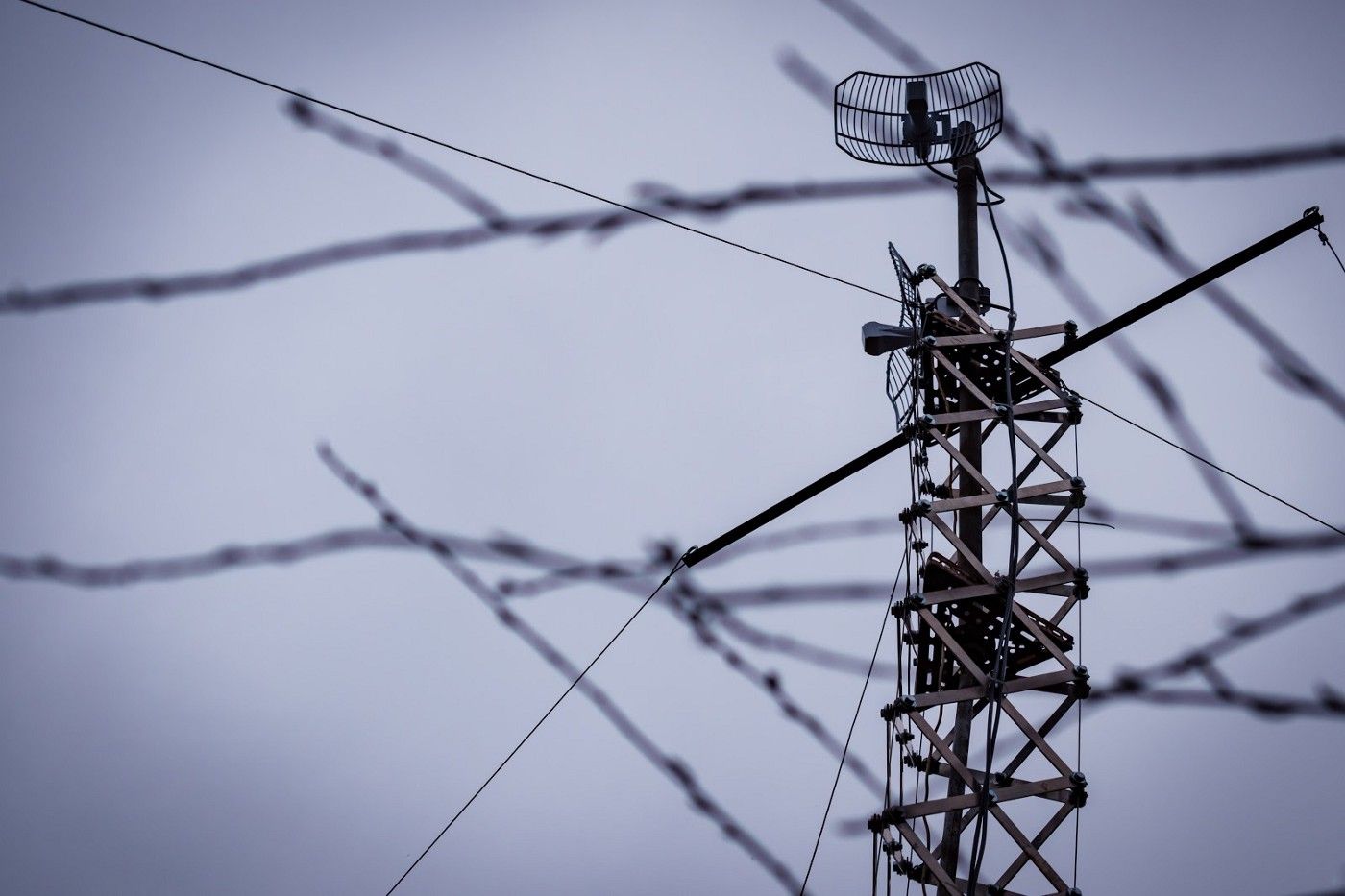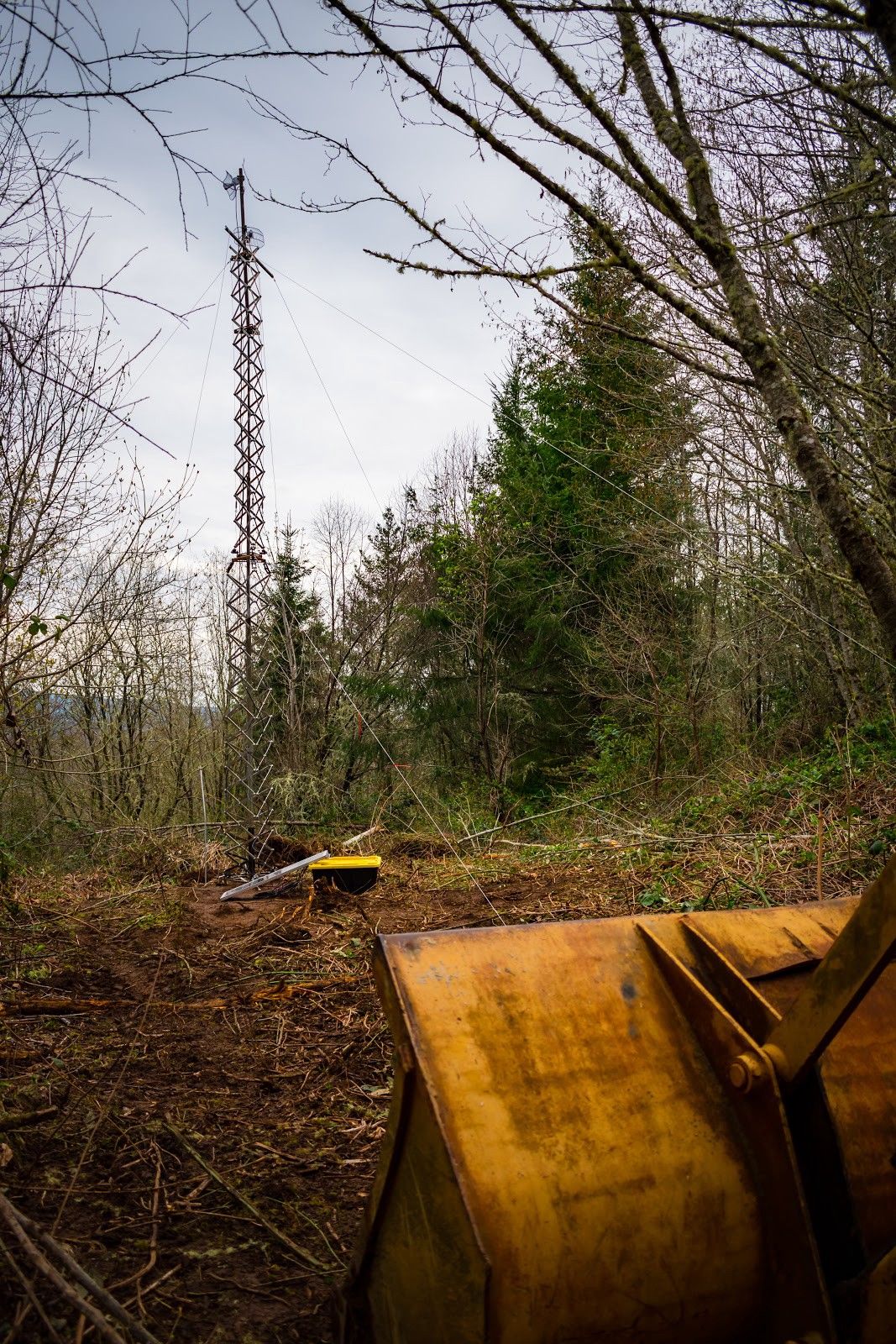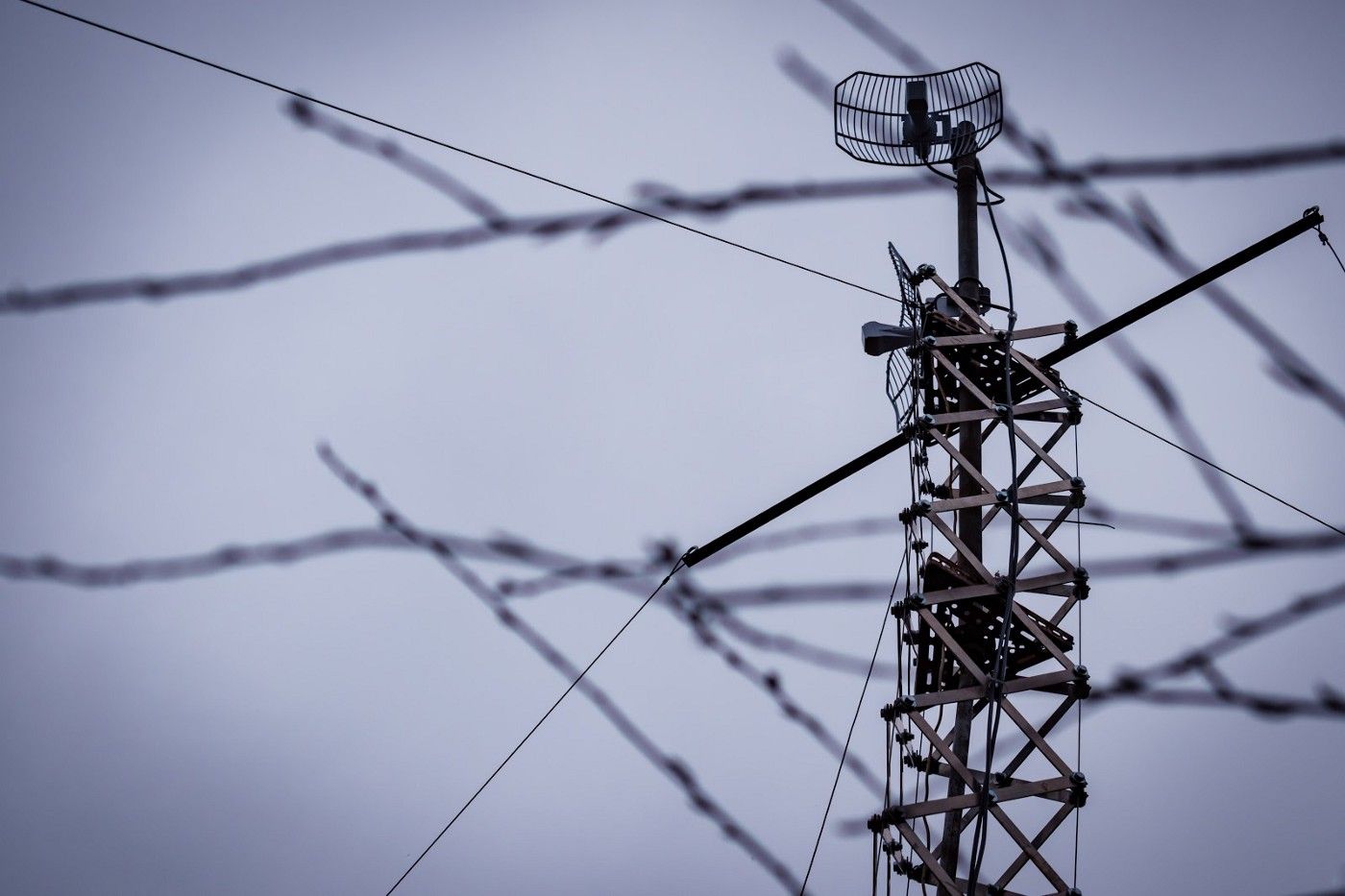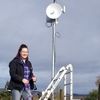Althea in rural Oregon
This article is about a network started by Deborah Simpier, who has been working on incentivized mesh for years, but joined the Althea team a couple months ago. She started this network before joining our team, and was actually Althea’s first user.

This article is about a network started by Deborah Simpier, who has been working on incentivized mesh for years, but joined the Althea team a couple months ago. She started this network before joining our team, and was actually Althea’s first user.
Nestled in the dense foliage of fir and alder trees in the Oregon forest, a home built radio tower reaches for the sky. This tower is the novel design of small town computer programmer and tinkerer, Shaun Ripplinger, and was built to test the new incentivized networking software developed by Althea. The Althea system is a novel form of decentralized Internet Service Provider (ISP), with automatic payments and encrypted network traffic. Instead of buying internet from big corporation like Comcast or CenturyLink, communities like Clatskanie, a town with a population of around two thousand, are empowered to start their own neighborhood internet services.
Here in Clatskanie, there is a small grocery store, one stop light, and everyone knows each other. And, like most other small towns, they suffer from poor broadband access and few choices. In fact, according to the FCC, 39 percent of rural Americans (23 million people) lack access to broadband internet. Community Network enthusiast and head of the Cascadian MeshNet group, Deborah Simpier explains, “Running a small business here, l can see firsthand how this lack of access affects my community and its members. People have to arrange their days around access to the internet, driving into town to use the internet provided at my shop or at the library. Parents arrange their home school schedules to start at five or six in the morning when the satellite internet has no data caps. People struggle to go to online school or keep up with online meetings for work.”
It is not only the lack of access that concerns members of this small community. The looming threat of the end of net neutrality brings concerns of censorship and throttling to the minds of small business owners like Joann, who has an online store selling live plants and homemade soaps. Joann wonders if online businesses like hers could compete if ISPs make fast lanes only for business that can afford to pay higher fees.
It is these concerns about the future of the internet and the lack of access that propels the members of this community to look for alternatives beyond the current rigid framework of corporate ISPs. Centralized ISPs have little financial incentive to build costly infrastructure to outlying, sparsely populated areas. With a decentralized model like Althea, however, many nodes add robustness and fluidity to the outlying branches of internet service. This decentralized model not only adds service and choice for those in rural areas, it can add resilience in disaster situations, as members of the network can communicate with each other even if outside internet access is limited.
Clatskanie’s decentralized internet starts with sector antennas mounted at the computer shop in the center of town then broadcasts internet to linked antennas at nearby homes and businesses. A radio tower high on the hill above town rebroadcasts the signal to residents on the other side.
Building new internet infrastructure is not without its challenges, however, and traditionally becoming an ISP required a sizeable investment and specialized skills. Althea’s new design tackles these challenges with automatic cryptocurrency payments; secure, encrypted connections; and built-in VPN services that mitigate much of the liability of reselling a connection. It was these improvements to a complicated service that inspired Deborah Simpier and her neighbors to see the possibilities of a decentralized, community based ISP. “What we build here to support our neighbors and uplift our community, we hope will be a model for other cities and even urban areas to follow, “ Deborah says. “We also realize that hardware like radio towers and antennas are not designed for non-professional use, so we are working to build things that are more accessible for the home or business owner.”

To meet these hardware challenges, members of Cascadian MeshNet have been working on an easy to set up radio tower for line of sight internet they call a Rapidly Deployable Tower System or RDTS. Their first design is a expanding scissor lift, which they have deployed on the top of a wooded hill above town. The radios and router are off-grid, powered by solar, which is a challenge in the rainy climate of the Pacific Northwest. Like many innovative projects, the tower is a work in progress, along with the solar power which suffers many outages in a climate that the Seattleites would find themselves comfortable in.

Members of this rural community are not thwarted by difficulties though. Like many rural people they value individual and community self-reliance; working together to solve problems. They have installed a number of households with plans to expand further into the underserved areas along the Columbia River and in the heavily forested area of Mist Mountain as they test Althea’s new people-powered internet. If you blink, you might miss this one stoplight town, but if you meander down a forested lane or look up at the houses on main street, you might notice a parabolic dish or an antenna — a symbol of this small communities hope of a better internet.

